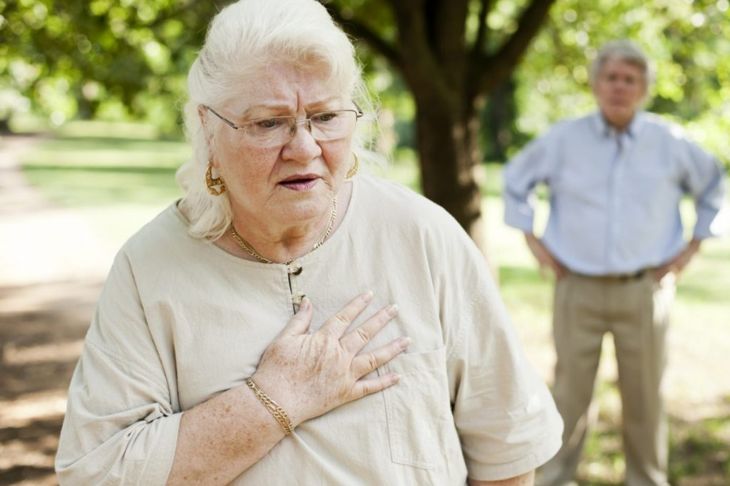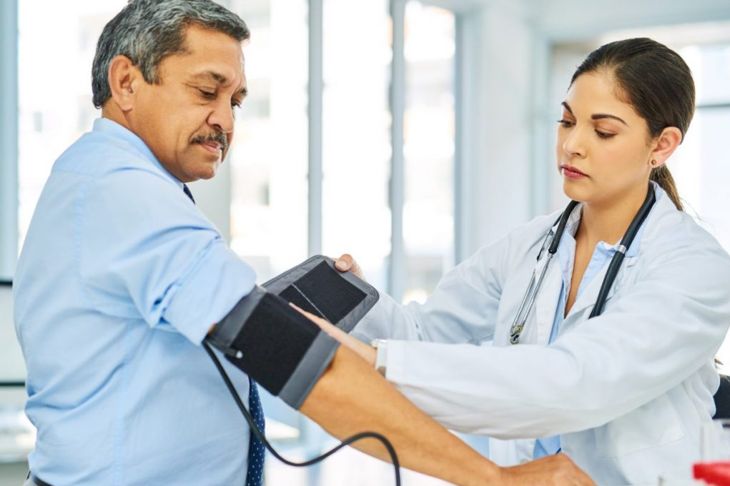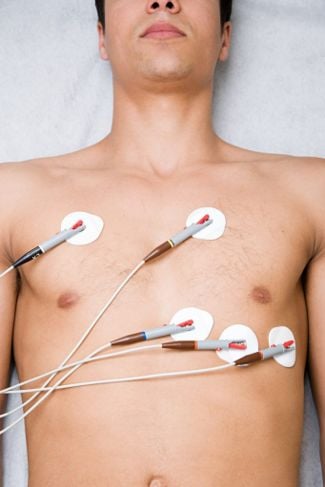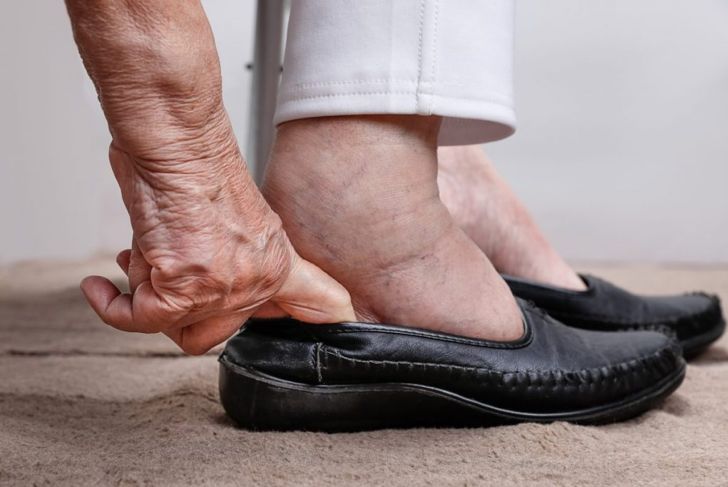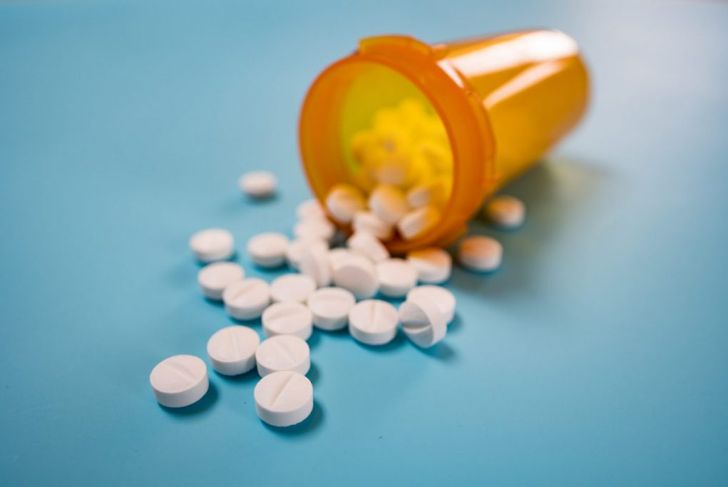Ischemia describes a partially blocked artery due to deposits of fat (plaque) on the inner lining of the vessel. In the case of ischemic heart disease, this narrowing of the coronary arteries leaves them unable to bring enough blood and oxygen to the cardiac muscle. This can result in chest pain, but cardiac ischemia can also develop painlessly, and sudden, total blockage of the coronary artery will result in a heart attack. A heart attack causes one in seven deaths in the US. Lifestyle changes and consistent medical surveillance can control some causes and symptoms of ischemic heart disease, while other factors such as age and heredity, cannot be altered.
Causes: High Cholesterol and Triglycerides
High levels of LDL cholesterol and low levels of the HDL cholesterol are conducive to plaque buildup in the arteries, specifically the coronary artery. Triglycerides, another body fat, are also associated with plaque deposits, causing atherosclerosis or a so-called hardening of the arteries. Elevated triglycerides and LDL and low HDL are risk factors for heart attacks and strokes.
Causes: High Blood Pressure
High blood pressure or hypertension forces the heart’s workload to increase by causing the heart to work abnormally hard. As a result, the muscle becomes thicker and stiffer. This raises the risk of stroke, as well as heart attack, and congestive heart and kidney failure. High cholesterol, diabetes, and other risks raise the chances of heart attack and stroke even more. Blood pressure should be monitored by a physician regularly, from an early age. The optimal reading for hypertension is less than 120/80.
Causes: Obesity, Excess Weight, and Inactivity
A person who is overweight or obese is more likely to experience a heart attack than a person of healthy weight, even without other risk factors. Fat that settles around the waist is especially dangerous. Regular exercise, even a moderate amount, can help this condition as much as vigorous workouts, by helping to lower blood pressure, control cholesterol, fight obesity, and aid blood sugar control. This last aspect relates to diabetes, a major risk factor in ischemic heart disease.
Causes: Cigarette Smoking, Alcohol, and Stress
Smoking is a major risk factor for ischemic heart disease. Nicotine narrows the arteries and makes the heart work harder. Damage to the inner linings of the vessels promotes plaque build-up, and the carbon monoxide inhaled in cigarette smoke does the damage. Excessive alcohol consumption can raise blood pressure and triglyceride levels. Stress can be a factor in both smoking and alcohol consumption. People may start or increase smoking or use alcohol to relieve stressors or anxiety. Those hoping to reduce their risk of ischemic heart disease should quit smoking and limit alcohol consumption.
Symptoms: Chest Pain and Shortness of Breath
Chest pain, also called angina, is a symptom of ischemic heart disease and heart attacks. If a person is experiencing chest pain for the first time, it is a good idea to call 911. He or she will usually feel pain in the center or left of center of the chest, along with tightness or pressure. It has been described as feeling like someone is standing or sitting on the chest. Angina usually comes on after emotional or physical stress. It can be relieved by stopping the activity immediately. The most common symptom, chest pain, may come and go or be a sharp pain felt in the neck, back, or arm. Women may not feel this symptom.Shortness of breath occurs when the heart cannot pump enough blood to supply oxygen to the body, and the lungs try to get more. Extreme fatigue after exercise is another symptom.
Symptoms: Cardiomyopathy or Heart Muscle Damage
Heart muscle damage symptoms indicate the cardiac muscle is weakening and unable to pump enough blood and oxygen. Partially blocked arteries are to blame. The symptoms include chest pain, chest pressure, shortness of breath, heart palpitations or irregular heartbeats, extreme fatigue, lightheadedness, fainting, edema or swelling of the lower legs or feet, difficulty sleeping, weight gain, cough or congestion in the lungs, and swelling in the abdomen. These symptoms need prompt treatment by a physician.
Symptoms: Heart Attack
A heart attack can happen with no warning. Knowing the signs and symptoms can be life-saving.
- Chest pain and discomfort lasting more than a few minutes is the most common symptom.
- Crushing pressure in the chest.
- Pain in the jaw, neck, or back. Pain or discomfort in the arm or shoulder may occur.
- Light-headedness, nausea, or vomiting often accompany other symptoms.
- Shortness of breath is frequent.
- Women may not all have the classic signs of heart attack. Although chest pain is the most common symptom, it may not occur. They are more likely than men to experience pain in the arms, back, neck, jaw, or stomach. They may have shortness of breath without chest pain and may break out in a cold sweat.
Anyone experiencing these symptoms must be admitted to the hospital as quickly as possible.
Treatment: Medications
Various medications can treat ischemic heart disease. There are drugs that lower LDL cholesterol, decreasing plaque build-up in the arteries. Some drugs thin the blood, lowering the chance of obstruction, especially the coronary arteries, while others lower blood pressure and slow the heart rate, reducing the demand for oxygen and relieving some of the pressure on the heart. Finally, medication can relieve symptoms such as angina and chest pain.
Treatment: Lifestyle Changes
A major risk factor for ischemic heart disease is smoking, and stopping this habit can greatly reduce risk. People at risk or hoping to alleviate existing symptoms should also work to control hypertension, which one can monitor at home or the doctor’s office. Controlling diabetes with diet or insulin, and moderate regular exercise will help control weight, stress, high blood pressure, and diabetes.
Treatment: Surgery
Surgery is the last resort. Angioplasty with stent placement is a fairly common procedure. The surgeon threads a long tube through the blood vessels into the coronary artery where it has narrowed and inflates a small balloon-like structure. This stent is pressed against the wall of the vessel, opening it wider by flattening out the plaque. Another option, coronary artery bypass surgery, reroutes the blood flow from blocked areas in the coronary arteries. The surgeon uses a vessel from another part of the body to make the detour. This open heart surgery reserved for the most serious cases involving multiple blockages.

 Home
Home Health
Health Diet & Nutrition
Diet & Nutrition Living Well
Living Well More
More